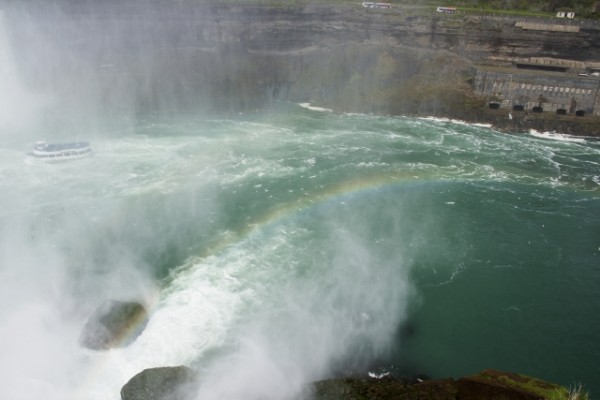Chilled shipping containers are widely used for the transportation of perishable goods that need to be under temperatures that are below or slightly above the freezing point. Usually called refrigerated containers, the shipping transportation industry can transport perishables that range from vegetables to seafood, meat, dairy, and poultry products among others.
The containers are uniquely designed to suit the various transportation needs of these products. For instance, some kinds of meat need should be hanged when being transported, and these will require a chilled shipping container that has hook rails.
Aside from the internal transportation design, the refrigeration functionality in the shipping containers varies from container to container. This is based on the type of goods that are being transported and at times the length of the journey.

Refrigeration
Refrigeration is a process that can be at fixed atmospheric temperature or one that is controlled. This can be achieved in the chilled shipping containers through the use of number of methods but the most common is the use of gases like nitrogen and CO2, and that of reefers.
The use of gases is common for short transports needs where by the refrigeration is done through the use of cryogenic cooling or nitrogen flushing. This is a standard and effective option that works however requiring the achieved ice cold temperature maintained at a constant all through the transportation period. This does demand for all the space to be filled, which will see the use of bubble wrappers or special paper.
Cryogenically chilled shipping containers use frozen CO2 or liquid nitrogen. The use of reefers can also be added in some of the containers to ensure that the internal atmosphere has a steady frozen gas following.
Reefers are common in the shipping of very sensitive perishable goods, with meat and meat products, dairy products being common. In fact, chilled shipping containers are regularly referred to as reefers. Though these chilled shipping containers are also used in transportation of hazardous substances that need to be under constant frozen temperatures.
The downside in the use of reefers is that they run on power. Some containers will use generator sets as a source of power for the transport duration. The demands of modern shipping modalities have led to the designing of that will have power that is source directly from the ship. However, given that cryogenic freezing works, the use of reefers is at times a back alternative.
On the other hand, International Maritime Organization pushes for chilled shipping containers to have a backup refrigeration unit integrated to an existing primary refrigeration system.
Reefers
Reefers are a widely used standard option in the shipping industry. Modern reefers come in various designs suited to address various transportation and storage needs of different goods. The use of gases is still an effective option for those short distances. It is important to know the kind of goods being transported for the right freight option to be used. Shipping companies have become a reliable option for transportation of perishable goods.
The use of chilled shipping containers will still be effective once the containers are offloaded for on-road transit until they reach their destination.
Thanks for reading, the author is a shipping expert for conrail



